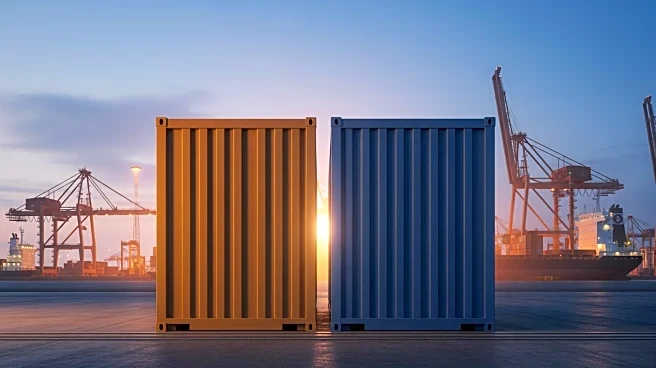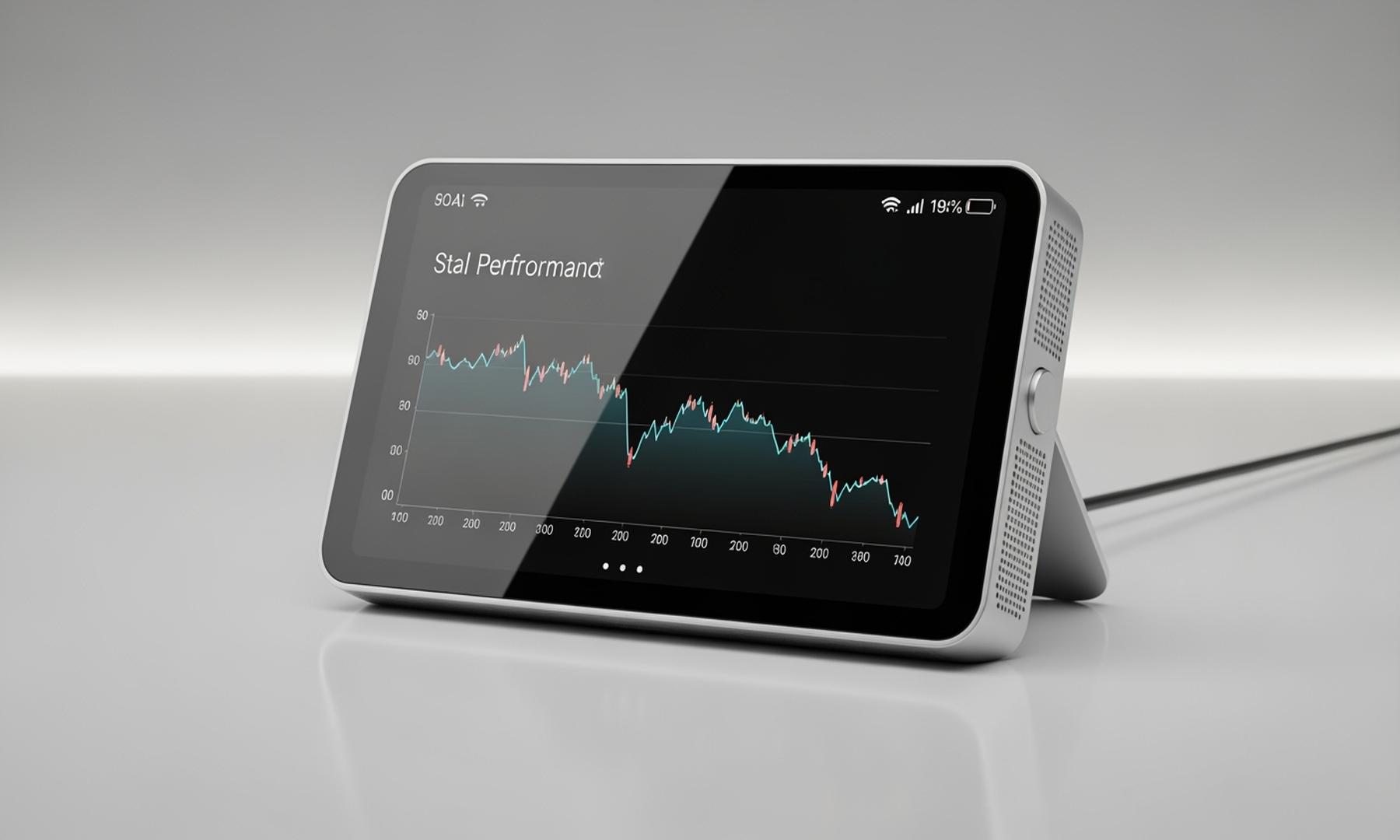What's Happening?
The Port of Los Angeles (POLA) and the Port of Long Beach (POLB) have reported a decline in their September volumes, according to recent data. POLA's total volume fell by 7.5% annually to 883,053 Twenty-Foot Equivalent Units (TEU), following a high in July.
Imports at POLA decreased by 7.6% annually, while exports remained flat. Empty containers saw a 10% annual decline. Despite these declines, POLA's third-quarter volume was the highest in its history, with a year-to-date increase of 3%. POLB also experienced a 3.9% annual decline in total volume for September, with imports down by 6.9% and exports by 3.6%. The ongoing trade negotiations, particularly with China, are impacting these figures, as noted by POLA Executive Director Gene Seroka and POLB CEO Mario Cordero.
Why It's Important?
The decline in port volumes at POLA and POLB highlights the significant impact of ongoing trade negotiations on U.S. ports and the broader logistics industry. The imbalance between imports and exports, with imports outweighing exports by a 4:1 ratio, underscores the challenges faced by the agriculture sector and other export-dependent industries. The reduction in empty containers suggests a potential softening of imports, which could affect supply chains and consumer goods availability. The ports' performance is crucial for the U.S. economy, as they serve as major gateways for international trade. The situation reflects broader economic uncertainties and the potential for further disruptions if trade tensions persist.
What's Next?
Looking ahead, POLA expects a decline in cargo volume over the last quarter of 2025, influenced by ongoing trade negotiations with China. The ports are preparing for potential impacts from weather-related delays and vessel scheduling changes. Both ports are maintaining open communication with global supply chain partners to adapt to changing conditions. The outcome of trade talks could significantly influence future port activities and the broader logistics landscape.















